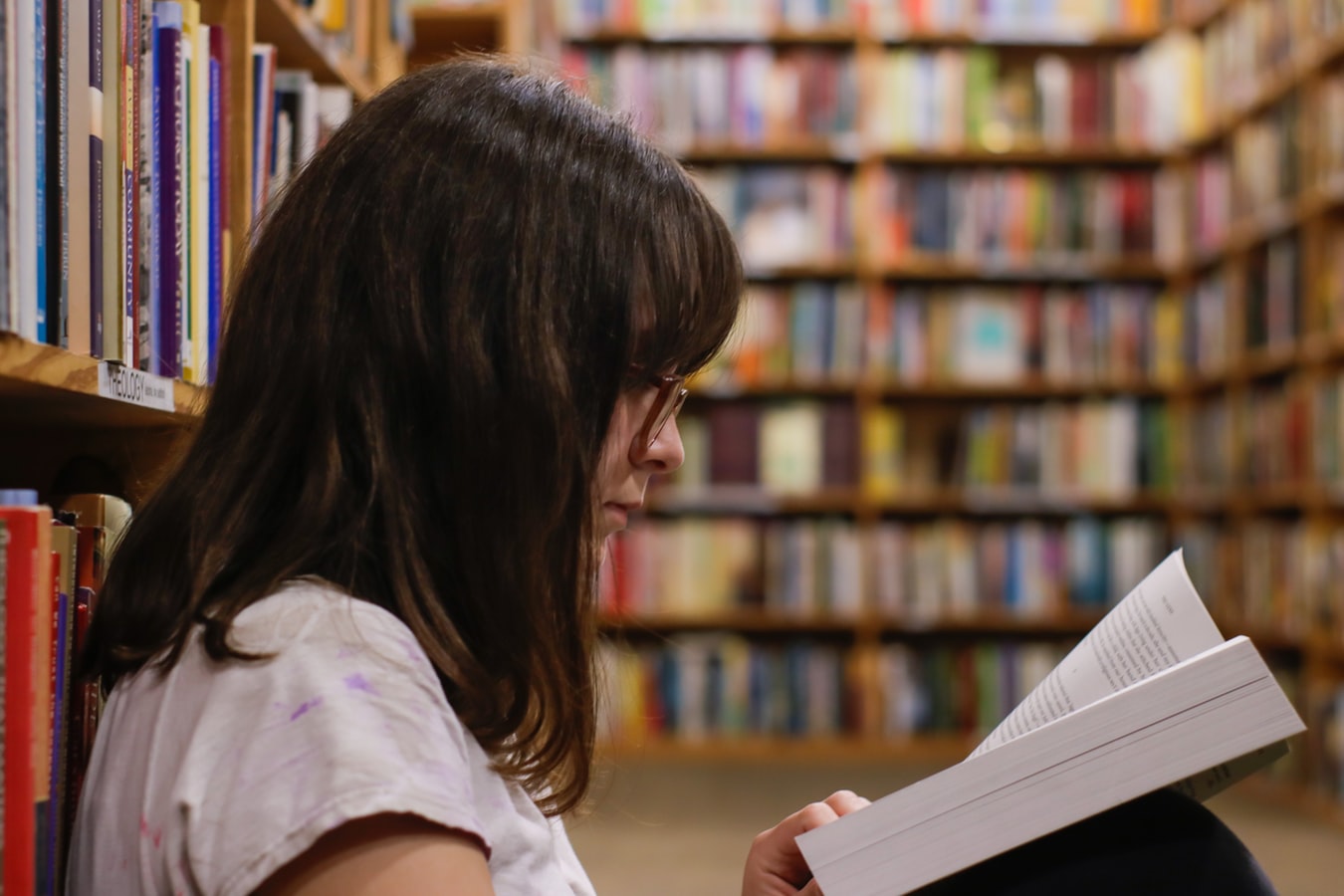
Guide to the Spanish education system
What is education in Spain like? The Spanish education system consists of compulsory and non-compulsory education. It is like the educational system of other countries but with a few differences, depending on the country. In this article, you will get to know the Spanish education system and start thinking about how to guide your kids in their professional careers.
Contents
1. The Spanish education system can be summarized as follows:
3. Spanish compulsory secondary education (ESO)
4. Upper secondary education in Spain
5. Higher Education: University and post-graduate education
1. The Spanish education system can be summarized as follows:
| Infantile education (educación infantil) | Kindergarten | 0-3 years old | |
| Infantile education (educación infantil) | Pre-school/infantile | 3-6 years old | |
| Primary education (educación/escueña primaria) | Primary education | 6-12 years old compulsory | |
| Compulsory secondary education (ESO) | Compulsory secondary education | 12-16 years old, compulsory | |
| Upper secondary education | Bachillerato | 16-18 years old | |
The first six years of education in Spain are known as infantile education, which has two stages, kindergarten(guardería) and preschool(escuela infantil).
- The first stage is kindergarten (guardería), which takes children from around three months to three years old. The kindergartens can be private or state-run but both charge fees. Some companies have already started to open their kindergartens to facilitate the busy life of their employees, the working parents.
- The second stage is preschool (escuela infantil), which takes children from three to six years old. Most parents choose to attend three years of preschool education to develop their physical and mental skills, They will learn the alphabet as well as how to read and write. Emphasis is put on the cultural aspect, personal skills, awareness, and common-sense knowledge. Preschools can be private or public. Public preschools, in theory, are free of charge, but it also varies from school to school and from one autonomous region to another.
Infantile education is a perfect way for younger foreign kids because it offers language and cultural assistance which can make expat children more adaptable to the little society.
2. Spanish primary school
Children must attend primary schools (escuelas, colegios) when they turn 6 in the calendar year. And it usually lasts until they reach the age of 12. But some children may need to repeat 1 year before moving on to the next stage if they don’t reach a satisfactory level of grades. The 6 academic years are made of three two-year cycles:
- First cycle: age 6-8 years old
- Second cycle: age 8-10 years old
- Third cycle: age 10-12 years old
In general, children study Spanish language and literature (and the language and literature of the autonomous region if applicable), mathematics, natural and social science (such as history, geography, and biology), arts, a foreign language (and sometimes a second foreign language in the third cycle) and physical education. You can also choose if you want your children to take religious lessons when they join the school.
Homework is given usually from the first year and exams can start from the third year of primary school. The grades children receive are :
- insufficient (IN) – insufficient
- suficiente (SU) – sufficient
- bien (BI) – good
- notable (NT) – very good
- sobresaliente (SB) – Outstanding
Students may also be awarded an excellent mark “with Distinction”

3. Spanish compulsory secondary education (ESO)
After finishing primary school, children are entitled to enter secondary education in Spain. They need to first accomplish the compulsory part of secondary education (escuela Secundaria obligatory), also known as ESO. The ESO lasts for about 4 years, and it can be taken at state-run schools, private schools, or state-funded private schools.
In the ESO stage, grades rely on continuous assessment and projects rather than solely relying on the exams. Therefore, it’s very important to study regularly and complete every assignment carefully.
Secondary education in Spain has 2 cycles:
From 12-14 years old
- Core subjects usually include Spanish language and literature (and the language and literature of the autonomous region if applicable), mathematics, geography, history, a foreign language, and physical education.
- Optional subjects include music, technology, languages, social studies, and religious education.
From 14-16 years old
- Core courses are similar to the courses in the last two years.
- Optional courses include natural and social sciences, music, technology, visual arts, and religious education.
If the students complete the four-year ESO, they will receive a secondary education graduate certificate (Graduado en Educación Secundaria). After completing these four years, they can then decide whether to go to bachillerato, to professional training, or even stop studying completely. Some students combine lessons with work training for a technician certificate, leading to jobs, training, or bachillerato studies.
4. Upper secondary education in Spain
After finishing compulsory education, students can continue studying and obtain qualifications for their future careers. Here you have two popular choices:
1. Bachillerato (usually 2 years)
When finishing ESO, students wishing to continue their education at a more academic level can study for another two years to earn a bachillerato certificate. Students will need this certificate to sit the university entrance exam (Prueba de Acceso a la Universidad or the ‘Selectividad’).
All students take core courses like Spanish, a foreign language, and history but they also need to specialize in one area: natural and health sciences, sciences, and engineering, social sciences, the humanities, or the arts.
The final grades the students need to choose and to be chosen what to study at the university consist of the following two parts:
- Bachillerato score: Subjects need to be completed with a yearly exam, each with a maximum score of 10. This score is the average obtained in each of the two high school courses, for which all the marks from both years are added and divided by the number of subjects taken. This score takes up 60% percent of your final notes.
- Selectividad: To undertake the state-supervised Selectividad, the student will take 7–8 examinations over three days. The formats of these exams are similar to their Bachillerato examinations.
2. Professional training (usually 4 years or more)
The professional training consists of specialized vocational courses provided by institutions (institutos). Students can choose to work on a working skill such as plumbing, electrical work, hairdressing, etc. The vocational courses last for four years and result in qualifications universally recognized across Spain. The professional training consists of two parts:
- Grado medio: A compulsory step if you want to continue with the next level, which will offer a basic level of training in the specialization you choose. This lasts for 2 years.
- Grado superior: This lasts for another 2 years and can only start when a student is 18 years old. If the student passes their grado superior they will have access to the university. Grado Superior is also open to students who have passed their bachillerato.
It is important to note that by doing grado superior, you have the advantage to go to the university later and learn a degree related to the one that you have studied in the grado superior.
5. Higher Education: University and post-graduate education

The university and post-graduate education are similar to other that of other countries. If your children follow the Spanish education system, they need the grades of bachillerato or grado superior to choose the university and the degree that they want to pursue.
Here at Adeslas, we care about the health benefits for you and your kids. We are the No.1 health insurance of Spain with massive clinics. Apart from medical insurance, we also offer home insurance, dental insurance, and accident insurance, ensuring your family is looked after and well taken care of.
Check out another one of our blogs to learn more about this topic:
- How to apply for a spanish student visa
- How to choose a school in Spain: Spanish vs international schools
- Spanish higher education: why choose Spain as the destination?
- How to apply for the student NIE/TIE in Spain for the first time?
Reference:
[1] Sistema educativo de España - Wikipedia, la enciclopedia libre. (2021). Retrieved 3 August 2021, from https://es.wikipedia.org/wiki/Sistema_educativo_de_Espa%C3%B1a
[2]Estructura y Organización del Sistema Educativo - Eurydice - European Commission. (2017). Retrieved 3 August 2021, from https://eacea.ec.europa.eu/national-policies/eurydice/content/organisation-education-system-and-its-structure-79_es
Our content will be updated according to the most recent legislation. Last update: 14/06/2023